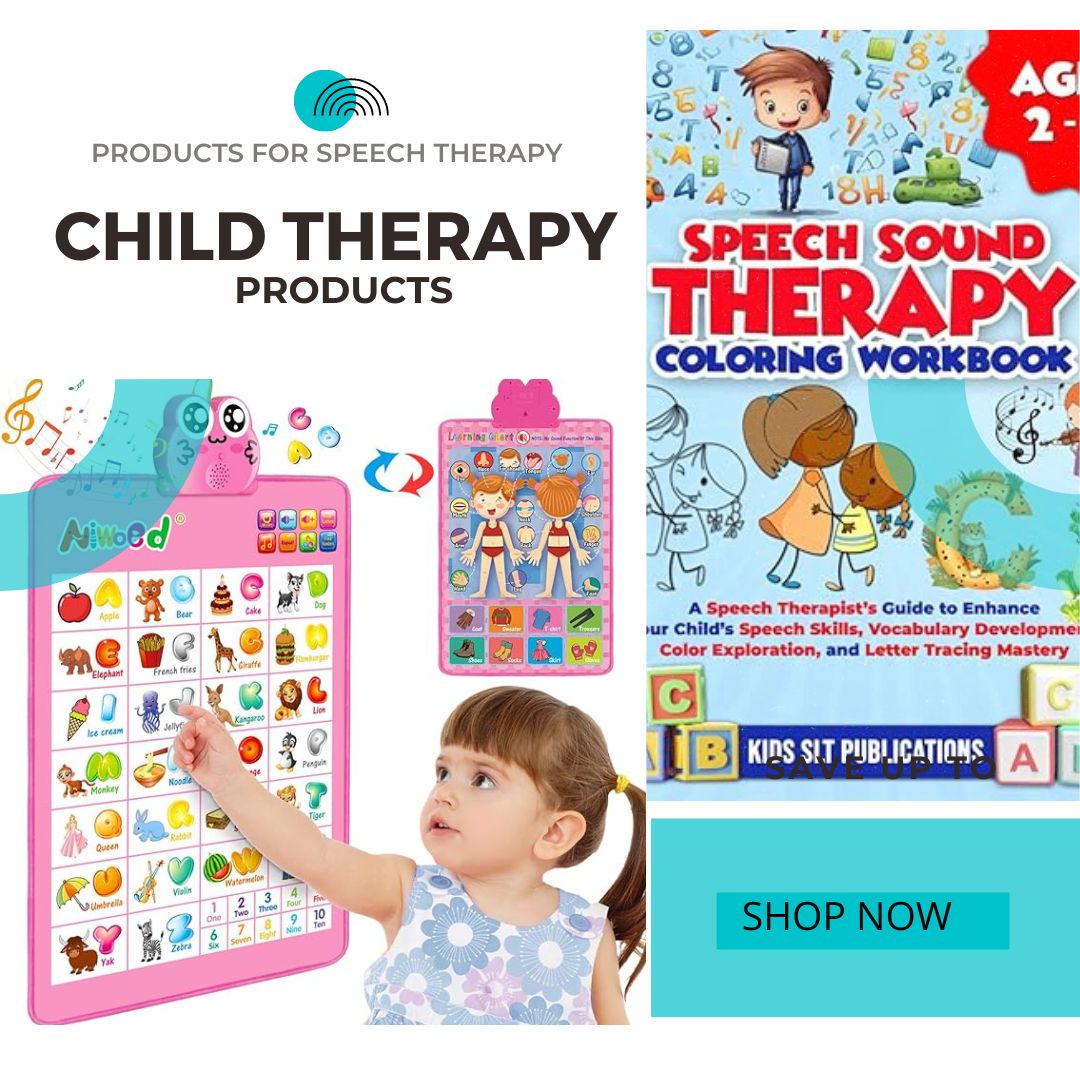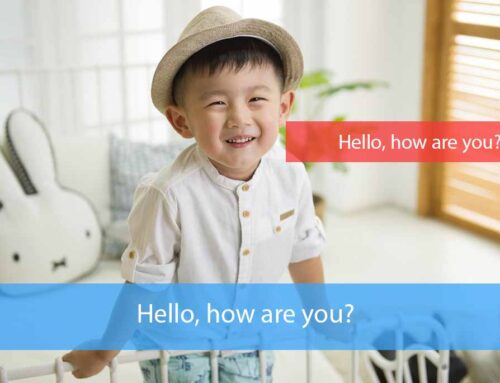Speech delay and autism are two distinct yet related conditions that affect a child’s communication and social development. Understanding the differences between the two is important for parents, caregivers, and educators, as the treatments and interventions for each condition are different.
Speech delay refers to a delay in a child’s ability to develop age-appropriate speech and language skills. This can include delays in vocabulary, grammar, and articulation. Children with speech delay may have difficulty expressing themselves and understanding others, which can lead to frustration and difficulty communicating with others.
Autism, on the other hand, is a developmental disorder that affects social interaction, communication, and behavior. Children with autism often have difficulty with social interactions, such as making eye contact, understanding social cues, and responding to others’ emotions. They may also have difficulty with communication, such as using language or gestures, and may have repetitive behaviors or interests.
Speech delay vs autism
While speech delay and autism both affect communication and social development, there are some key differences between the two. For example, children with speech delay may have difficulty with language but have typical social interactions, while children with autism may have difficulty with social interactions and communication. Additionally, children with autism may have repetitive behaviors and interests that are not typically seen in children with speech delay.
It is important to note that some children with autism may also have speech delay, as the disorder can affect various aspects of development. However, not all children with speech delay have autism.
Speech delay vs autism – How to cure it?
Diagnosis of speech delay and autism typically involves a multi-disciplinary team of professionals, including speech-language pathologists, developmental pediatricians, and psychologists. They use a variety of assessment tools, including developmental screenings, language assessments, and autism-specific assessments, to determine a child’s abilities and needs.
Treatment for speech delay and autism also differs. Speech-language therapy is the primary treatment for speech delay, and aims to help children develop age-appropriate speech and language skills. This may include activities to improve vocabulary, grammar, and articulation, as well as strategies to help children understand and express themselves.
Treatment for autism typically includes a combination of therapies, such as applied behavior analysis (ABA), speech-language therapy, and occupational therapy. ABA focuses on teaching social and communication skills through positive reinforcement, while speech-language therapy can help children with autism improve their language and communication skills. Occupational therapy can help children with autism develop fine motor skills and sensory processing.
Final Words
In conclusion, speech delay and autism are distinct yet related conditions that affect a child’s communication and social development. Understanding the differences between the two is important for parents, caregivers, and educators, as the treatments and interventions for each condition are different. It is important to seek professional evaluation and support for children who have difficulty with communication and social development to ensure they receive the appropriate treatment and interventions.



